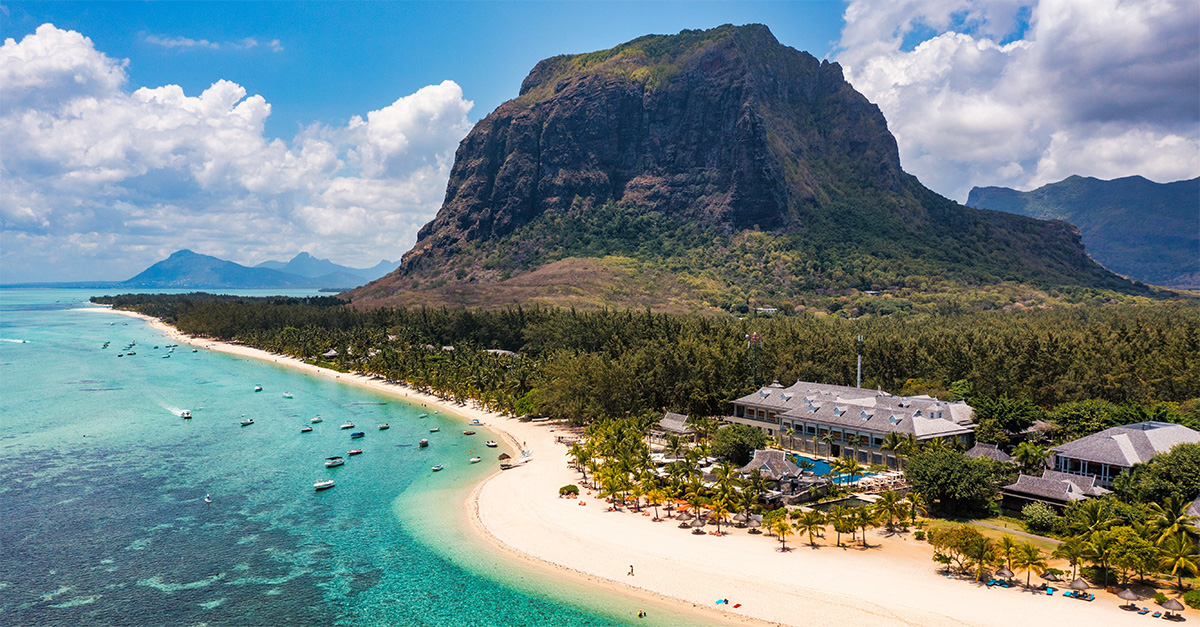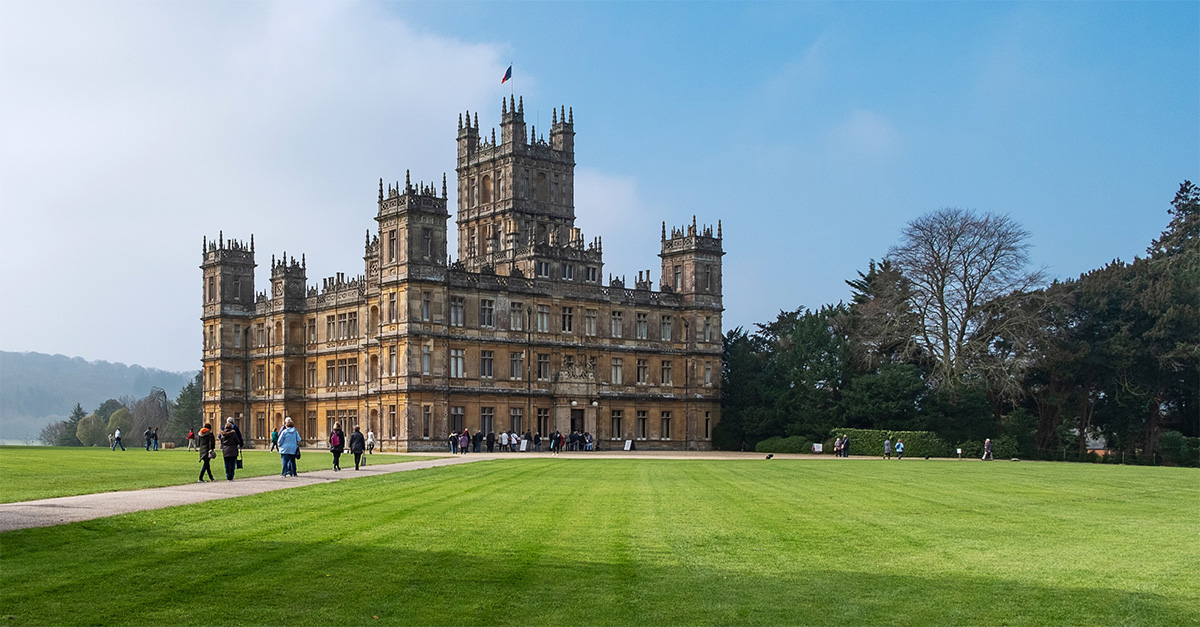The 150th anniversary of the end of the American Civil War is a sure-fire draw for history lovers, says Joanna Booth
Like this and want more details? Click here to download and save as a PDF.
Most of the time, you hope that any famous person you share a name with turns out to be a blood relative. This isn’t one of those occasions.
On the wall of the Ford’s Theatre in Washington DC, there’s an old-fashioned-looking Wanted poster, with a black-and-white photograph. Underneath the picture of the criminal, it simply says ‘Booth’.
For it was here that John Wilkes Booth shot Abraham Lincoln in the back of the head, killing America’s most famous president and the man responsible for the abolition of slavery in the US.
You can see why I’m hoping there is no genetic link.
Booth assassinated Lincoln on Good Friday 150 years ago, just before the American Civil War came to an end. This four-year combat, from 1861 to 1865, claimed 600,000 soldiers’ lives, freed the South’s slaves and shaped the America we know today.
Civil War battlefields, museums and related sights are consistently a popular tourist draw, but coverage of the special 150th anniversary celebrations occurring this and next month to mark the end of the conflict may well inspire clients to book, so now is a good time to make sure you know your Appomattox from your Antietam.
Key Sights

There are plenty of battlefield sites, all with their own points of interest. Most have a visitors’ centre and interpretative presentations, and clients at all will benefit from guided tours to bring the events that occurred 150 years ago to life. Those on escorted tours will have something pre-organised, but it’s worth looking into whether guides can be booked on the spot for clients on fly-drives.
The big daddy of the battlefields is undoubtedly Gettysburg, located in Pennsylvania just north of the Maryland border. The bloodiest of all the Civil War combats, 52,000 soldiers died over three days in summer 1863, and the battle is known as the turning point of the war, after which the South began to lose.
Clients can visit significant combat sites, walking the route of Pickett’s Charge, where Confederate forces mounted a desperate assault on Union troops stationed on Cemetery ridge.
In Virginia, Manassas was the site of two Confederate victories in the first two years of the war, and visitors can see a statue of General Jackson, who earned his nickname ‘Stonewall’ here as he rallied his troops to stop the North’s advance.
Further north, in Maryland, Antietam saw 23,000 American lives lost in a one-day battle – a rate of one casualty every two seconds, and four times the number of US troops that died on D-Day.
Neither side could really claim a sweeping victory, but the fact it wasn’t a defeat for the North gave Lincoln the opportunity to issue the Emancipation Proclamation, which freed all slaves in the rebel states.
This made ending slavery an explicit goal of the war, which up until that point had been primarily about reuniting the Union. There’s a medical museum, and an observation tower for an overview of the battlefield.
Fort Sumter in Charleston, South Carolina, is where the first shots of the war were fired, and where visitors can see Confederate submarine the HL Hunley nearby – the first combat submarine to sink a warship.
Visitors can see where the spark that ignited the war took place at Harpers Ferry, a small town in West Virginia where abolitionist John Brown led a raid on the arsenal and was eventually hung for treason, and where the war officially ended, at Appomattox, Virginia, where Generals Lee and Grant surrendered at the McClean House, which has been reconstructed.
It’s also the location of the Museum of the Confederacy-Appomattox, which has a sesquicentennial exhibit running until September 14, looking at how the Civil War shaped the nation.
As capital of the Confederacy, Richmond in Virginia has many Civil War sights, including the South’s White House, and the excellent American Civil War Centre at the former Tredegar Iron Works, which originally forged artillery.
There are no battlefields in Washington DC, but still plenty of Civil War-related sights to see, from the African American Civil War Museum to the Lincoln Memorial – engraved with the text of the Gettysburg Address – and his assassination site, Ford’s Theatre, where an exhibition of items from the night is running until May 25.
Escorted Tours
It will come as little surprise that battlefield specialist Leger Holidays has a nine-day itinerary dedicated to the American Civil War, from £1,699 including flights, room-only accommodation, coach travel and a specialist guide – entrance fees are extra.
Using Washington DC as a gateway and to visit the Museum of American History and Arlington National Cemetery, the tour takes in Antietam, Appomattox, Manassas and Gettysburg, where there’s an additional ‘Ghosts of Gettysburg’ evening excursion.

Another wholly Civil War-focused itinerary is Tauck’s 11-day Most Hallowed Ground tour, created with documentary film-maker and Civil War expert Ken Burns.
Bookended by time in DC, this trip visits Gettysburg, Antietam, Harpers Ferry, Appomattox and Richmond, and also allows clients to discover more about the pre-war South around Charlottesville.
Exclusive benefits for clients on the tour include private presentations and talks by experts, and a behind-the-scenes experience at the National Archives in DC. The holiday starts from £3,195 and includes accommodation, some meals, travel, admission fees and all activities, but excludes flights.
Many other operators sprinkle Civil War-related elements into more general tours of the Capital region. Historic Highlights and Trails of Liberty, both eight-day itineraries from Trafalgar, take a Civil War angle when visiting Gettysburg and parts of DC, but also explore elements of colonial and revolutionary history in Virginia and Philadelphia. Prices start from £2,375 and £2,325 respectively, including flights, accommodation with breakfast, sightseeing and guiding.
Great Rail Journeys has a 13 day America’s Founding History tour that uses Amtrak services to get around and visits Gettysburg and Lexington to see the former home of General Jackson, before looking at other periods of history in Virginia and Philadelphia.
Prices start from £2,495 including flights, accommodation, coach and rail travel, activities and guiding.The 15-day Historic Trails & Blue Ridge Mountains from Cosmos Tours & Cruises travels further west and south than the other itineraries, venturing into Kentucky, Tennessee and North Carolina, as well as visiting Gettysburg and Washington DC.




